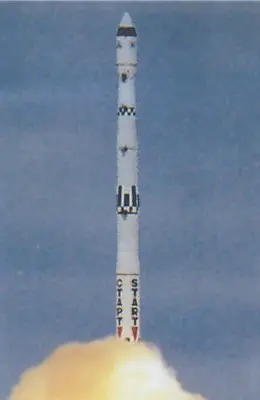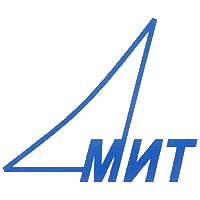/
EKA-2, Gurwin-1A & UNAMSat-A
Launch Failure
Liftoff Time (GMT)
10:00:00
Tuesday March 28, 1995
Mission Details
Launch Notes
First, and final flight of the START version. The launch was a failure as the fourth stage didn't separate from the third.
EKA-2
EKA-1 is a Russian satellite with the sole purpose of recording the various data of the flight, in order to control the good performance of the launcher.
Low Earth Orbit
1 Payload
260 kilograms
Gurwin-1A
Techsat (Technology Satellite) or Gurwin was a microsatellite built by students of the Technion (Israel Institute of Technology) institute at Haifa, Israel. The satellite had a cubic shape with a size of 445 mm × 445 mm × 445 mm. It was three-axis stabilized, using a momentum wheel and three magnetorquers as actuators, and a three-axis magnetometer as attitude sensor. It was powered by thin-film photovoltaic solar cells which were mounted on four sides of the six outer aluminum panels and provided 20 W. The fifth panel, pointing toward Earth, includes antennas, a retroreflector, a UV spectro radiometer (OM-2) and an imaging camera. When 3-axis stabilized, the satellite would have its sixth panel unlit ; it is not exposed to the sun and therefore does not include any solar cells. The satellite featured a digital store and forward multi-user system, compatible with existing store and forward facilities already in use on microsatellites used by the international amateur radio electronic community. The satellite total mass was 48 kg, with the combined payload mass being 6,6 kg. The design life was one year.
Low Earth Orbit
1 Payload
48 kilograms
UNAMSat-A
UNAMSAT (University of Mexico (UNAM) Satellite) is a 17 kg spacecraft built in Mexico at UNAM, a Mexican University. The satellite bus is the AMSAT-NA Microsat 25 cm cube. It operates in the amateur service and carries 0.2-0.3 W UHF downlinks at 437.206 and 437.138 MHz, and uplinks at 145.815, 145.835, 145.855 and 145.875 MHz with 1200 bps AFSK modulation using the PACSAT data protocol as used by PACSAT (OSCAR 16) and LUSAT (OSCAR 19). The primary payload is a 40.997 MHz pulse radar associated with a wide band receiver to study micro-meteorids and the ionised trails left by these as they enter the atmosphere. It also carries a communications data relay for environmental sensors in remote locations.
Low Earth Orbit
1 Payload
17 kilograms
Launch Site
Stats
START-1
2nd
Mission
1st
Mission of 1995
Moscow Institute of Thermal Technology
2nd
Mission
1st
Mission of 1995
1995
18th
Orbital launch attempt

